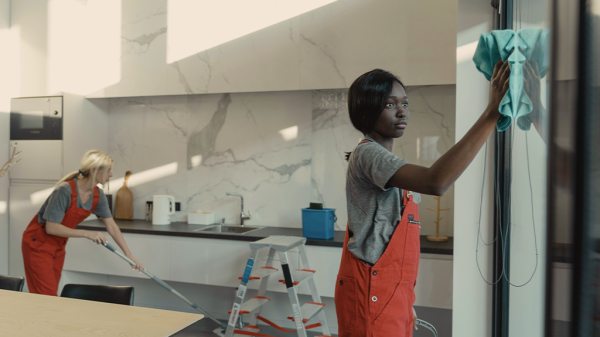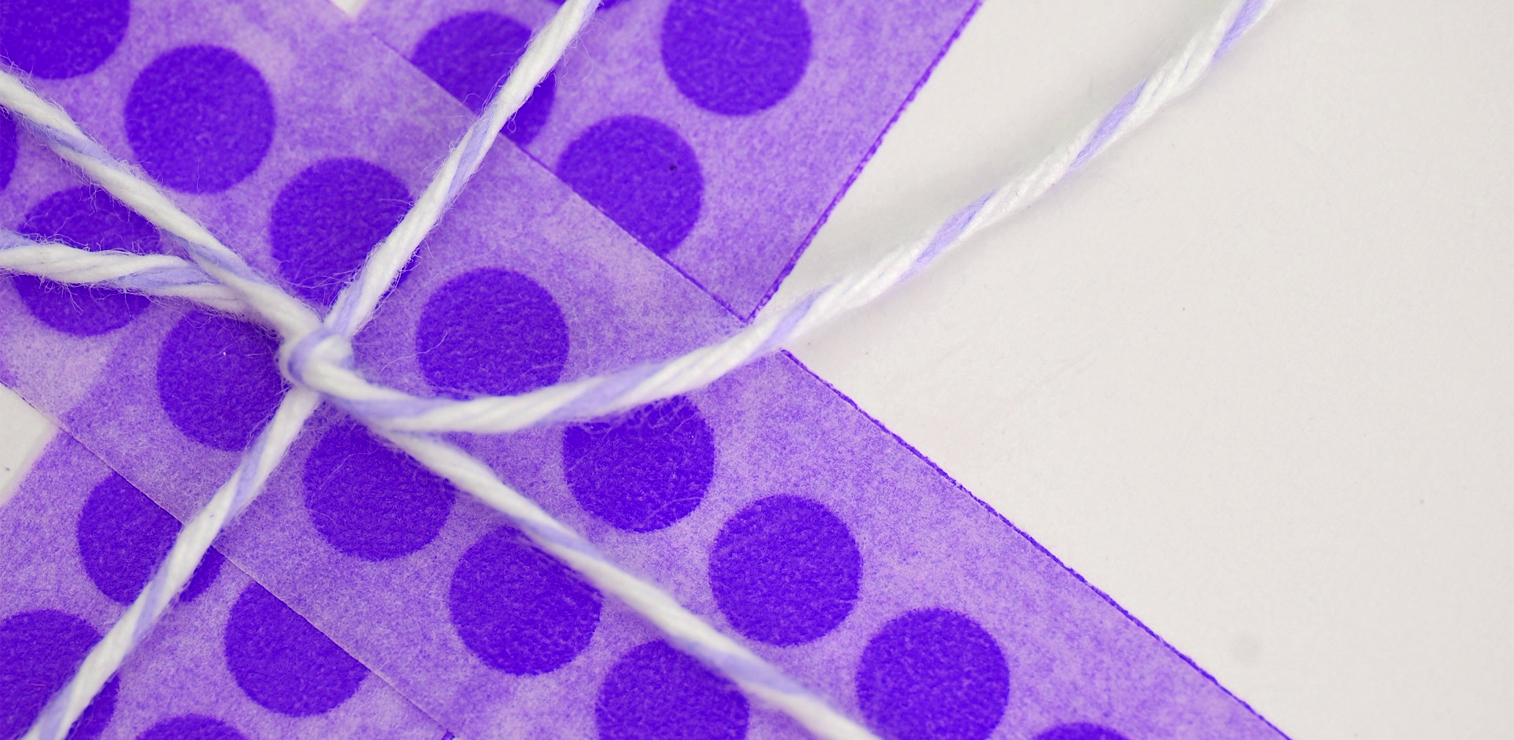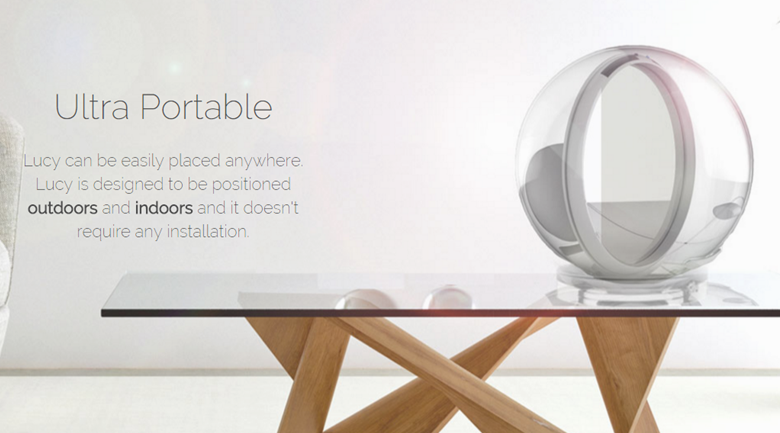 They are also gaining market share and national press. I ran in to this article last week about Passive Houses in USA Today and it seems worthy of passing along. A Passive Home is a new to the US building standard but long utilized in Europe that boasts reduced energy consumption of around 90% compared to homes built to today’s building codes.
They are also gaining market share and national press. I ran in to this article last week about Passive Houses in USA Today and it seems worthy of passing along. A Passive Home is a new to the US building standard but long utilized in Europe that boasts reduced energy consumption of around 90% compared to homes built to today’s building codes.
These are different from passive solar homes that utilize south facing windows to generate heat in the winter for the home. This building standard focuses heavily on a very tightly sealed envelope (or walls, floors, roofs) including high R Value insulation, effective framing, sealing, and high performance triple paned windows. There is no credit for more sexy green features like geothermal or solar systems because the theory behind the science is that if you build it right, you won’t need some of the more costly green technologies or if you opt to have them ( I would in my dream home) you can buy significantly smaller systems.
The Passive House Institute is currently offering one of the most stringent building standards in the country when it comes to energy performance but that is all they focus on unlike other programs such as LEED which are far broader in their focus. They are recognized and have conformed to the standards of calculation required by RESNET (Residential Energy Services Network) the national program that manages the HERS (Home Energy Rating System) by which homes must undergo performance testing by an independent auditor to receive Energy Star or LEED certification.
There have actually been some cost studies on these homes and the numbers are quite compelling. According to the USA Today article a 4000+sq ft home runs the average US homeowner about $2639 annually whereas a Passive Home of the same size costs about $760 a year to operate. Passive homes costs any where from 8% -11% more to build and the builder has to know what he’s doing, there is no cutting corners on these homes. However, this can potentially put the point where you break even on your additional costs for the building standard and start making gain at around 12 years. These costs could/should start to come down as building materials become more available and more builders gain the skills needed to make the homes. In addition, this program works really well in commercial buildings, schools, and large scale residential projects such as condos because the over all cost per unit decreases to meet the standards.
I am a bit of a geek when it comes to building science. It seems that with rising energy costs and high levels of pollution our industry should be embracing these programs and informing our clients about their benefits. Are any of you seeing these homes popping up in your area yet?
Anna Altic – Village Real Estate Services. I’ve called Nashville home for the last 15 years and have been practicing (practice being the key word here) real estate for just over 6 years. In the fall of 2007, I went to a local German Festival that had a home tour, including a LEED certified property, and I instantly became enamored with the idea of eco friendly living (ok, so I’d had a little beer and the dual flush toilet rocked my world). I have since devoted much of my time and energies in to studying and espousing the benefits of better building technology within our local residential market and my proudest accomplishment thus far has been successfully leading the initiative to get over 25 green features added to our MLS search fields.






































